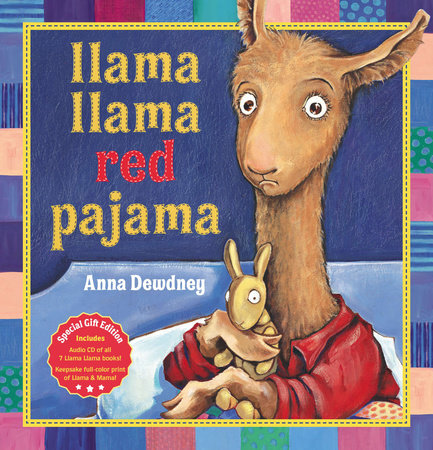Playing with Language: Learning to Read
In the previous post, I featured an assessment tool that can help you determine what your child understands about the way books and print work. This week, we’ll take a look at other steps you can take to promote literacy learning in your home during quarantine.
One of the most important things to remember about beginning readers is that they don’t all develop in the same way, at the same rate, or even in a predictably similar manner. The best thing we can do is to create an environment that allows each child to construct understanding in a way that is meaningful to him/her.
That said, there are levels of awareness that have been shown to be strong predictors of reading:
Phonological Awareness
Phonemic Awareness
This week’s post will explain each type of awareness and then focus in on tools you can utilize at home to cultivate conditions in which your child(ren) can grow phonological awareness.
Phonological Awareness
Phonological awareness is an understanding of how language sounds, and includes recognition of words, syllables, rhymes, and individual sounds. Learners who develop phonological awareness can later use their understanding of spoken language (for example truck sounds like duck) to anticipate patterns in printed language.
Phonemic Awareness
Phonemic awareness occurs when a child is able to play with the smallest units of sound in language: phonemes. For example, the word cup has three phonemes c/u/p, the word bath has three phonemes b/a/th, and the word show has two phonemes sh/ow. When a child can manipulate individual sounds of language, she can begin to put these sounds together to read words or take them apart to write words.
When children understand how sounds work to make words in spoken language, it is much easier for them to boot-strap their understanding to printed text. Fortunately, one of the best ways for children to develop both phonological and phonemic awareness is through language play! Having fun with oral language through singing, reading stories, and playing games helps children develop the foundational skills necessary to be and become readers of printed text.
This week’s post will focus on the development of phonological awareness, and specifically the development of rhyme awareness. Future posts will explore alliteration and phonemic awareness.
Rhyming
It is important for young children to learn to rhyme because it helps them develop awareness that words are made of parts that can sound the same. A conceptual understanding of rhyme tends to develop along a predictable continuum:
A child does not hear or produce rhymes.
A child can hear/identify a rhyme.
A child can hear and produce (make) some rhymes.
A child can hear and produce rhymes consistently (Diller, 2007).
The most basic way to foster rhyme awareness is to read a variety of books that feature a rhyme pattern (see list below). In the beginning, simply enjoy rhyme-centric stories with your child. Use inflection in your voice to emphasize the rhyming words. Utilize the think-aloud strategy to direct attention to the rhyme, “Oh listen, kittens and mittens rhyme!” After you’ve read a book a few times, you can pause and prompt your child to complete the rhyme. For example, “Horn went beep, engine purred. Friendliest sound I ever _____ (heard).”
A few things to keep in mind:
It doesn’t matter if the words your child produces for a rhyme make sense. Nonsense words are just fine, as long as the words rhyme. For example, “dog, zog".
Rhyming awareness develops over time. Some children develop the ability quite quickly while others grow a conceptual understanding over a greater period of time.
Practicing rhyme is valuable for learners across all ages. Rhyme helps learners understand language structure within words, sentences, and prose.
Children’s Books that Foster Rhyme Awareness:
Activities that Foster Rhyme Awareness:
There are many rhyming activities available online and in stores. Listed below are some favorites you can make at home, purchase online, or print from other websites.
Games you can create at home:
What’s in the box? — Place common household items in a box. Then, take turns challenging one another to find an object using a rhyming word. For example,
Can you find something that rhymes with moon? (spoon)
Can you find something that rhymes with jar? (star, car)
Can you find something that rhymes with hush? (brush)
Can you find something that rhymes with log? (frog)
I Spy — Add a rhyming twist to “I Spy.” This one doesn’t need any special materials. Just read the room and have fun!
I spy with my little eye something that rhymes with door…(floor)
I spy with my little eye something that rhymes with hog…(dog)
Rhyme Along With Me — In this game, the challenge is to cooperatively see how many words you can think of that rhyme with the starting word. For example, “Ball, fall, wall, tall…” The purpose is to practice the sound of the rhyming language, feeling the words produced within one’s mouth and listening for the familiar rhyming sound as the words follow one after another. A fun twist is to throw in a word that doesn’t rhyme, creating cognitive dissonance that serves to strengthen rhyme awareness. “Car, far, bar, star, moon…”. “What, moon doesn’t rhyme with bar and star! :)”
Activities you can purchase online:
Videos that help foster rhyme awareness:
Other websites with rhyming activities:
Next Post: A Focus on Alliteration…















